In recent blogs, I have been publishing many images from my 2016 trip to Japan. During that trip I visited Osaka, Kyoto and Hiroshima. Each amazing cities and wonderfully different from each other. I have just finished re-editing a large number of images from my trip and have chosen this time to publish some new images in colour. In my original blog series “Unpacking My Travel Journal” I provided a daily email update home to my family and children. And with those blogs I included only black and white images. I have recently published a number of blogs where I have included new, coloured and previously unpublished images. You can check out some of those here. For Kyoto in colour click here, for a day trip exploring Kyoto click here and for a Shinto Shrine in colour click here. Today, I wanted to share with you my day trip to Hiroshima.
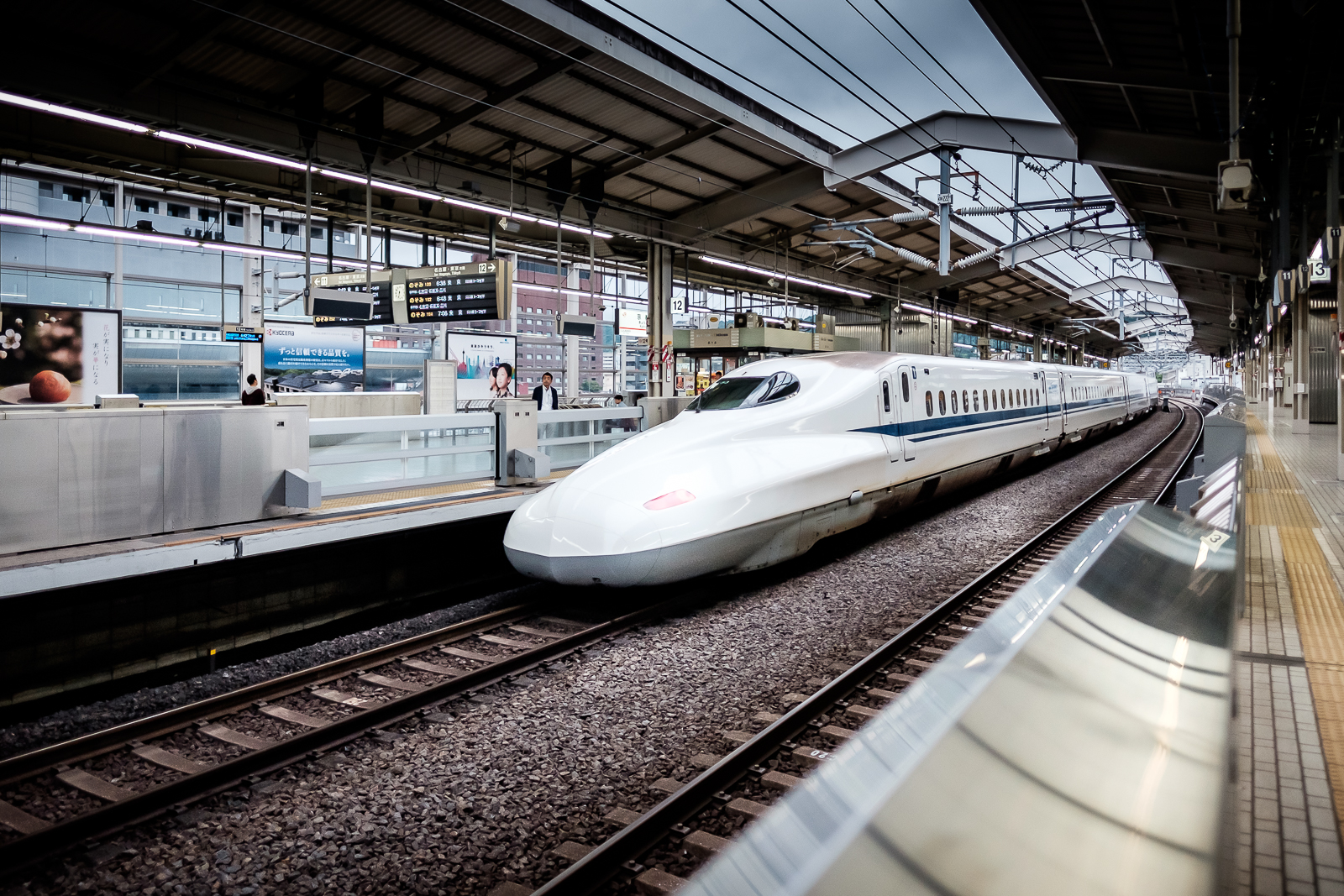
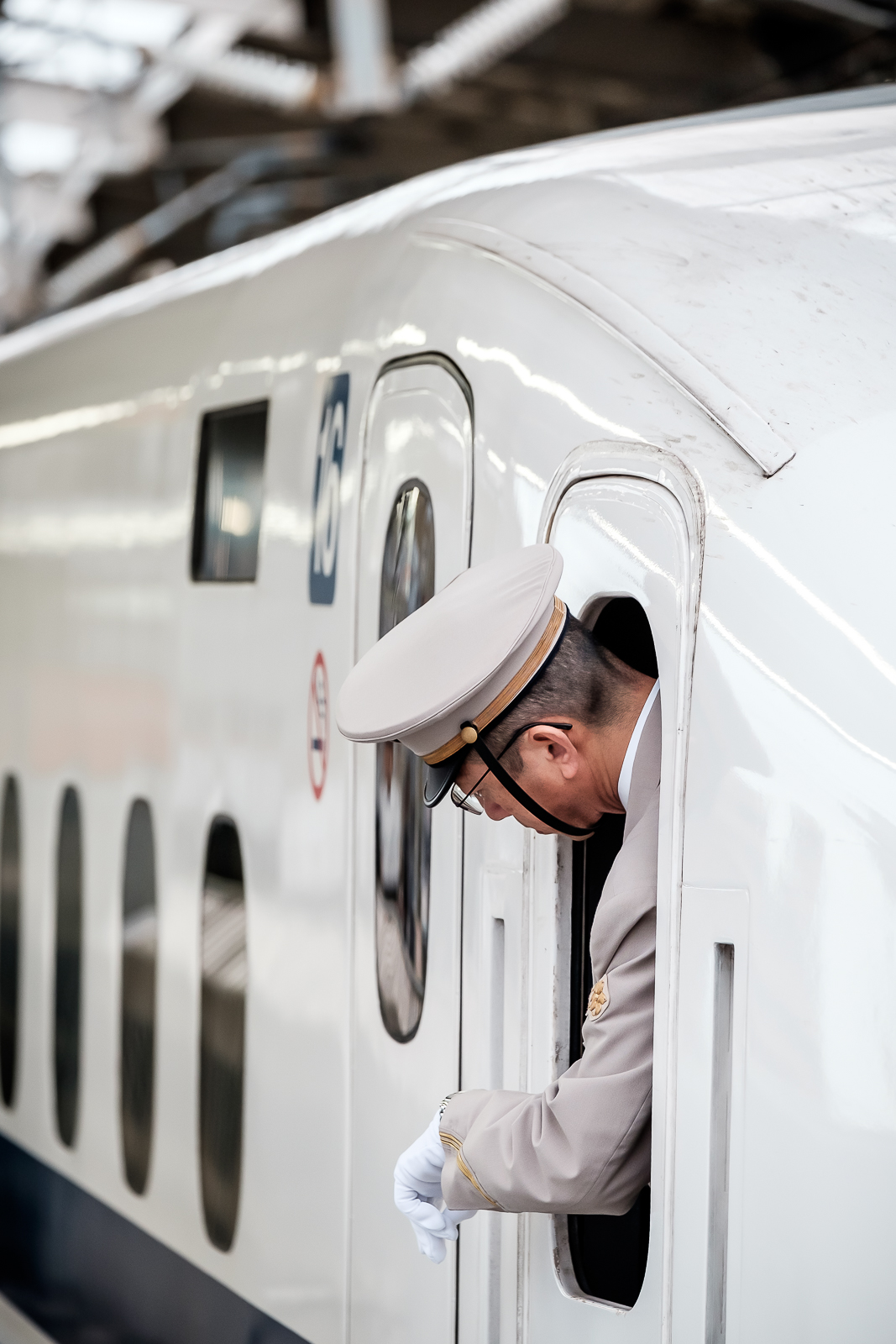
The trip from Kyoto Station to Hiroshima had me incredibly excited as I was to travel there via the infamous Shinkansen or Bullet Train as it is commnoly called. The Japanese revoultionised high speed rail in the 50’s and 60’s to build upon its already incredible rail network. The sheer engineering involved in Japan’s railway networks is astonishing and perhaps one day will be the subject of a photo journalistic piece I would like to write. One day. Seeing your first Shinkasen pull into a station is intense. They pull in at quite a speed and by the time the 16 carriage long train has come to a precision stop you feel like you just watched a space ship land…up close! They pull in and out on time. One this day, the Shinkansen only took about an hour and a half and when at top speed was humming along at over 300kmh. The inside of the Shinkansen is much like a passenger plane however it is super quiet.

A short bus ride from Hiroshima Station and you come to one of the most important historic sites of the 20th Century. Here is why. On August 6, 1945, the first ever city in the world to be hit with an atomic weapon was Hiroshima. The bomb was nicknamed Little Boy and contained enriched Uranium-235. The creation of this bomb used up almost all of the known Uranium available in the world. Crazy. It is reported that 90% of the city was destroyed and that 80,000 people died instantly with countless others suffering and dying from radiation-based illnesses. And countless more as a result of malnutrition or the resulting fires. The bomb actually detonated high above Hiroshima – directly above what is now referred to as the ‘Atomic Bomb Dome’. It sits in the Hiroshima Peace Memorial Park. Most of the structure of this building, which was once the Hiroshima Prefectural Industrial Promotion Hall, is intact. Brick, concrete and the recognisable dome formed by metal beams. It was one of the only buildings to have remained standing. But the 6,000 degree heat blast did warp solid concrete like butter and twisted steal beams like spaghetti.
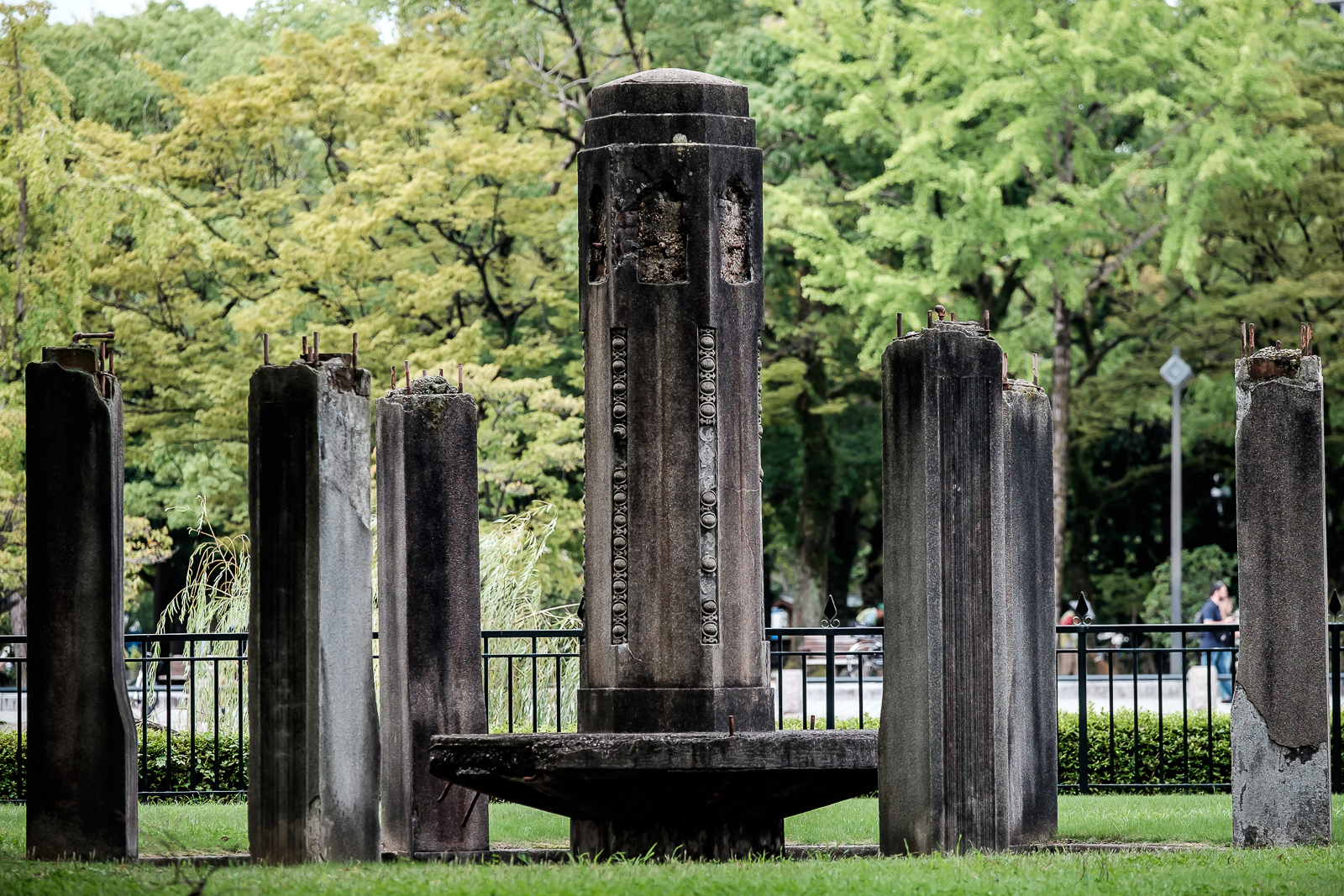
Three days later on August 9, 1945, the United States dropped a second bomb on the Japanese city of Nagasaki. Unlike the Hiroshima bomb, this one contained Plutonium-239 and delivered a far bigger blast. This bomb was nicknamed Fat Man. In this instance, the bomb killed an estimated 40,000 people instantly. The level of destruction and the death toll is staggering. Yes, it ended a war but in some ways, these bombings heralded a whole new threat to the world’s security and peace – the Cold War. Yes, the Japanese bombed Pearl Harbour. But in the space of three days, the United States killed 120,000 Japanese civilians. Men, women and children. So much pain and destruction.

As I wrote in my travel journal back then, quite by chance, I had chosen to visit Hiroshima on the International Day of Peace. There was activity all of the areas including The Peace Memorial Park, The Children’s Peace Monument and the Hiroshima Peace Memorial Museum. Bus-loads of older citizens – most likely survivors or family of survivors of the bomb – were filling the park to attend International Day of Peace events. There were also groups of school children on guided tours being educated about the building and that fateful day. They were also bringing large stings of Origami peace cranes made from brightly coloured paper. These were draped over statues and from specially crafted shelters.

I spend a fair amount of this hot and humid day just walking around the area and observing how various people were experiencing the day and the location. I know that for me personally, I found it very emotional and humbling to be there and on such an incredibly important day. Hiroshima is an incredibly neat and beautiful city and that is what is most amazing about it to me. A place visited by such utter destruction has become such a spiritual and important part of our recent history. If you are in Osaka or Kyoto for a few days and are looking for a day trip then I suggest you make this journey.
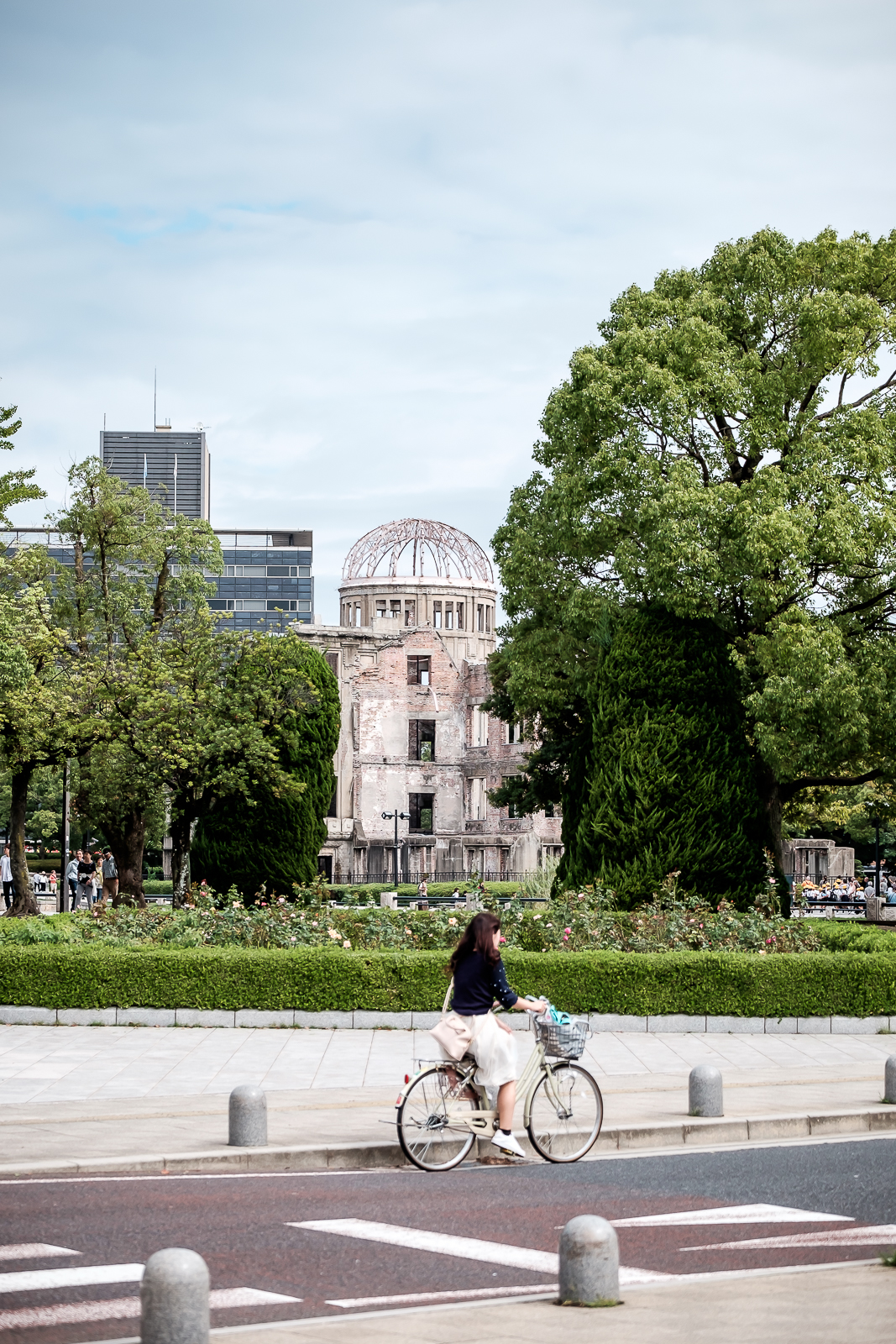
All of the images from this blog were shot on the Fujifilm X-T1 with the XF23mmF1.4, and the XF16mmF1.4. Hope that you enjoy this collection of images. Happy travels.




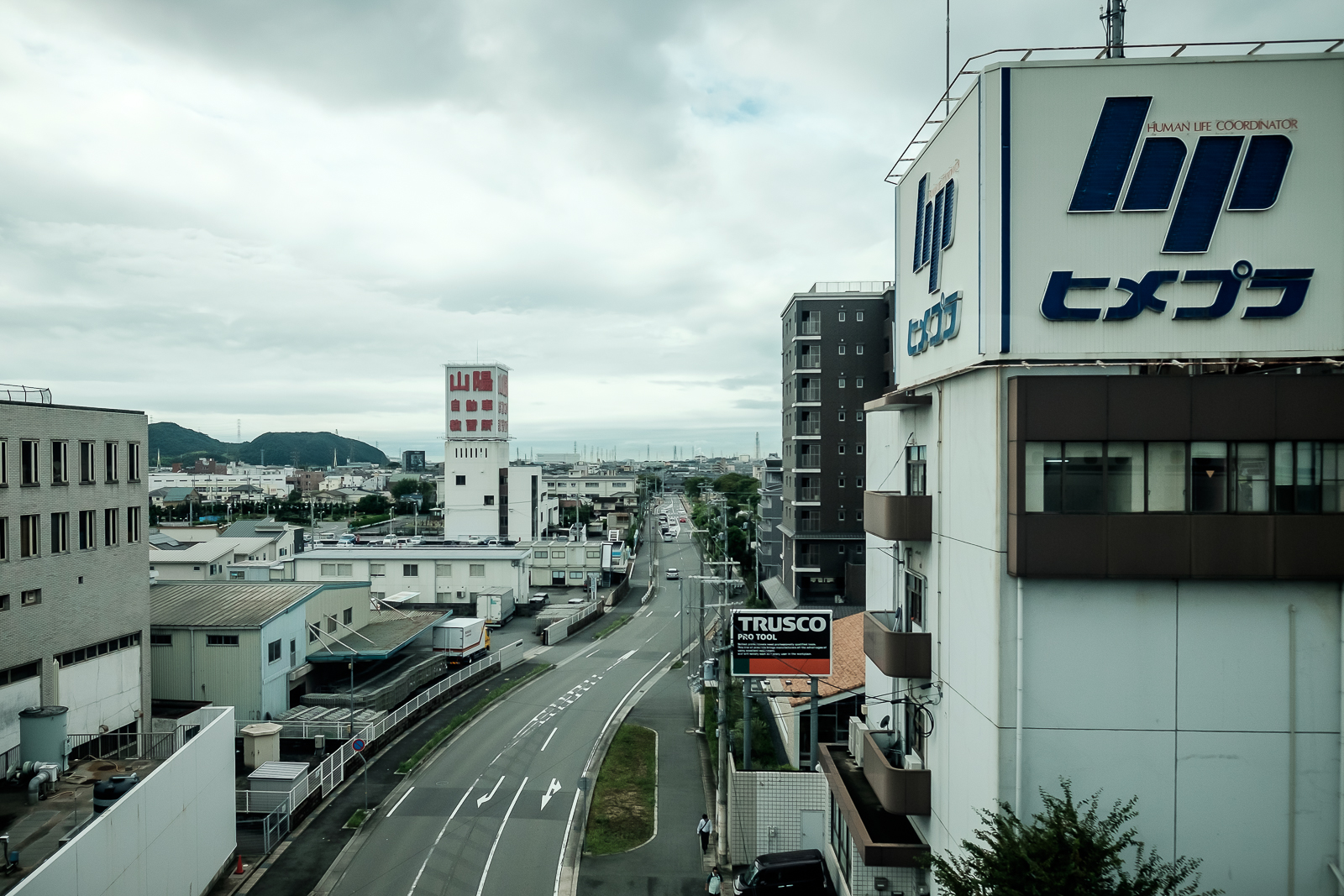


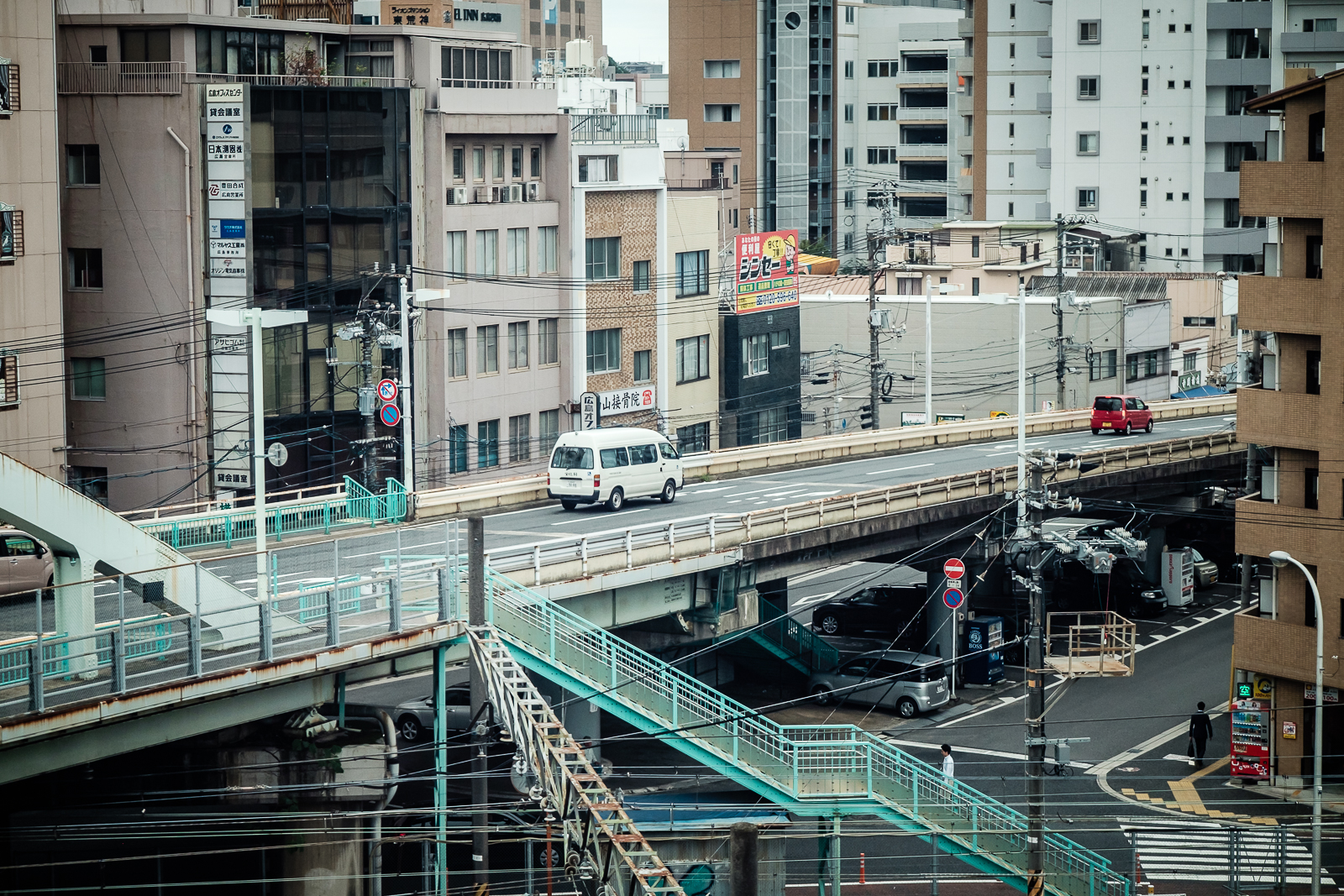

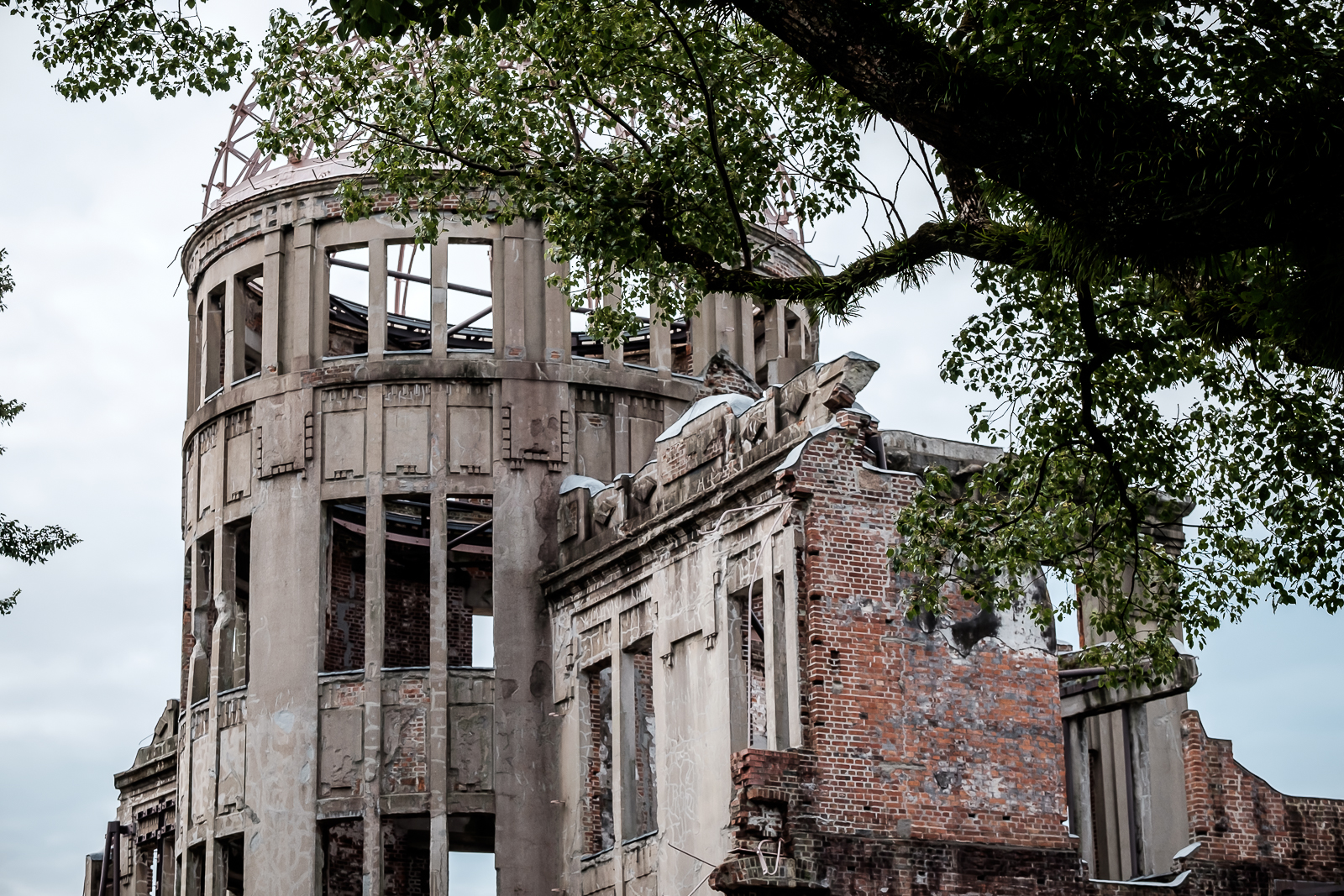




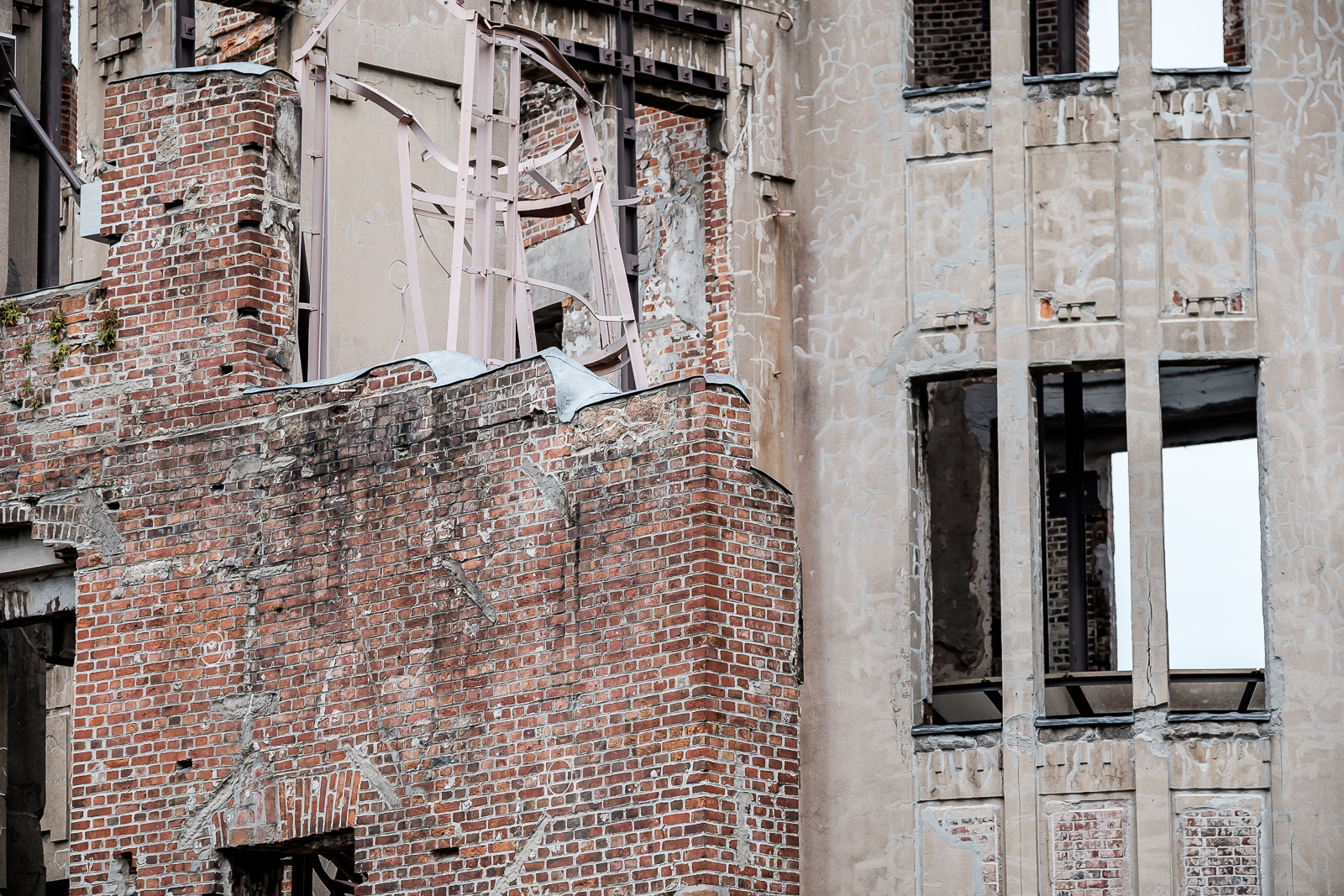

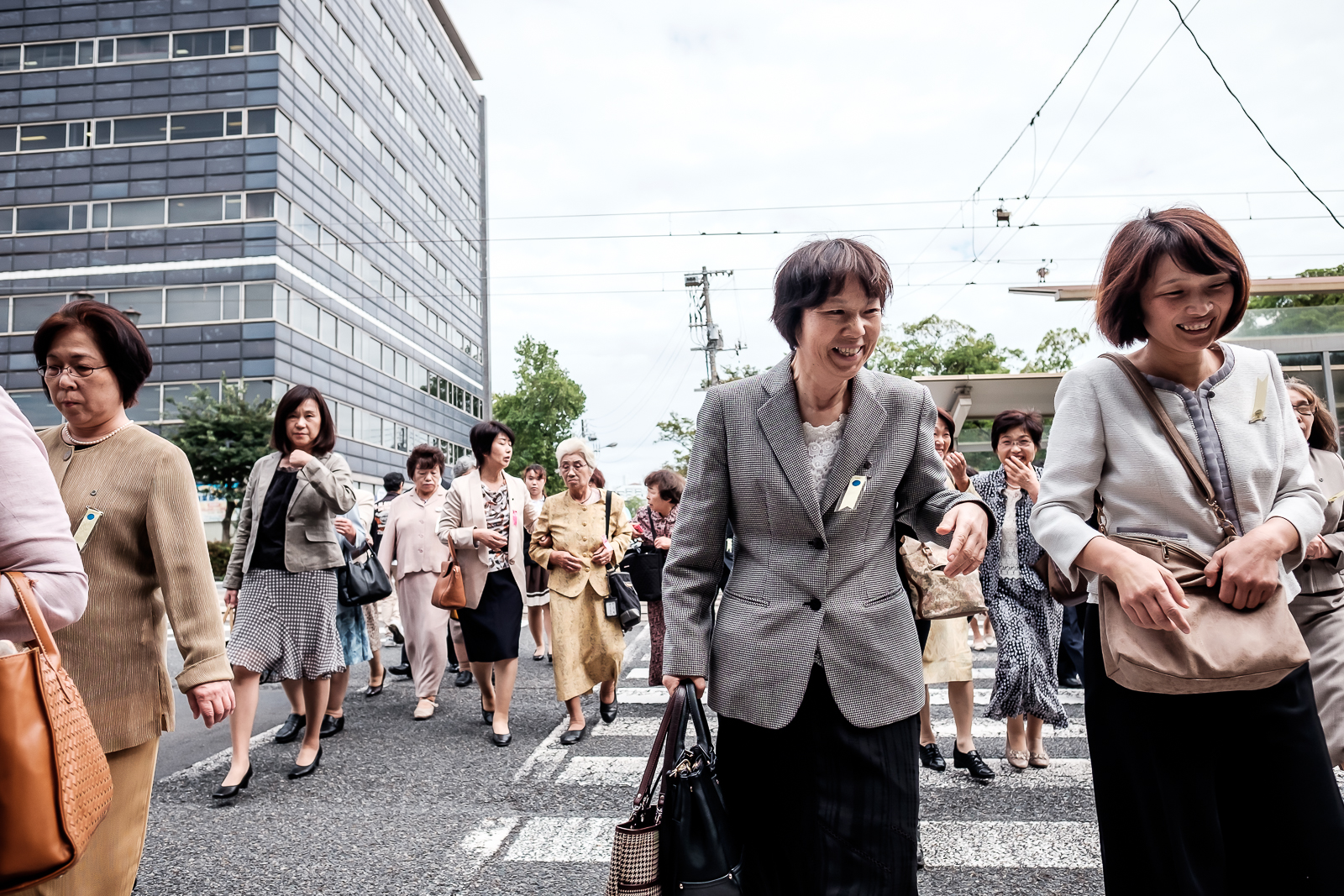






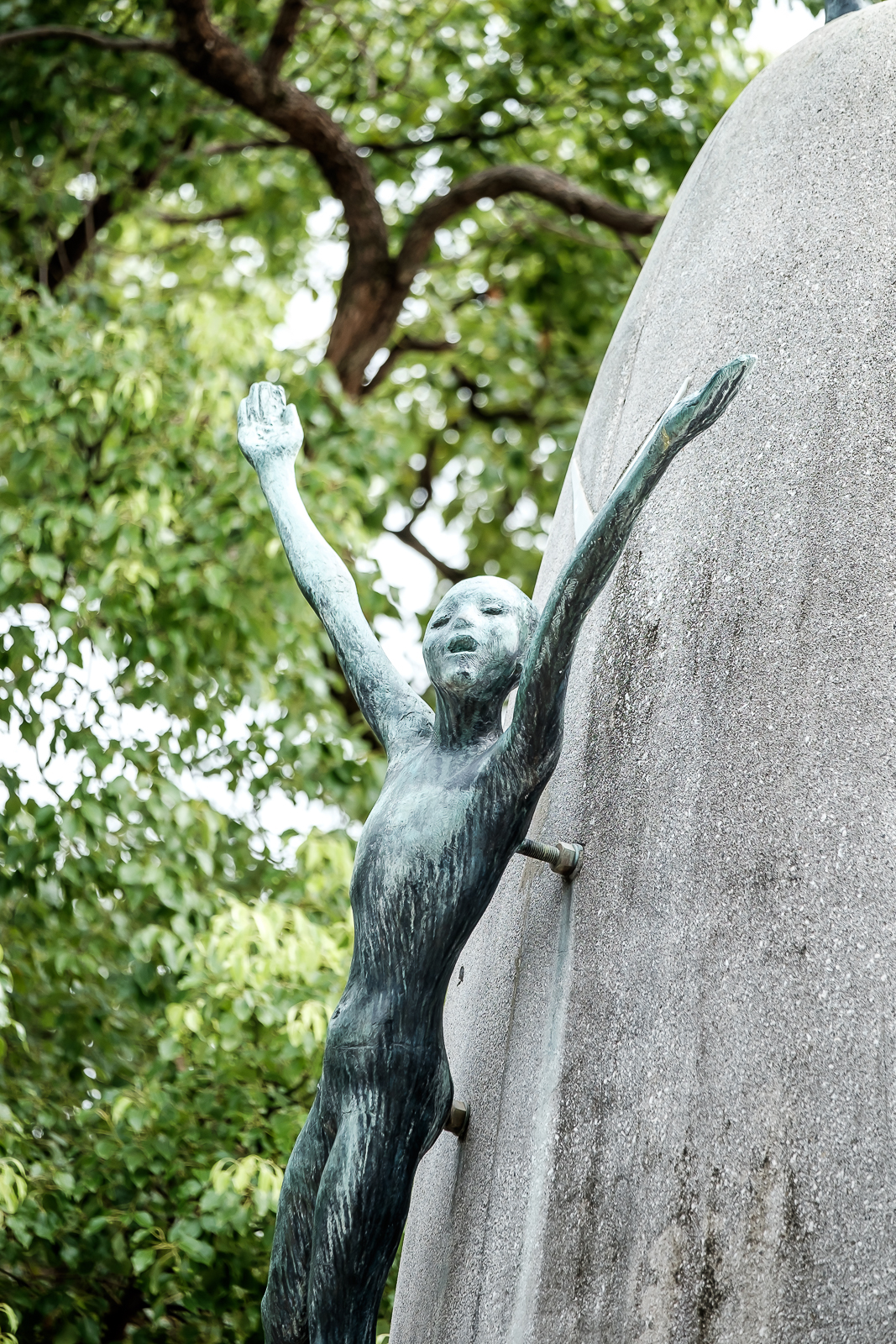

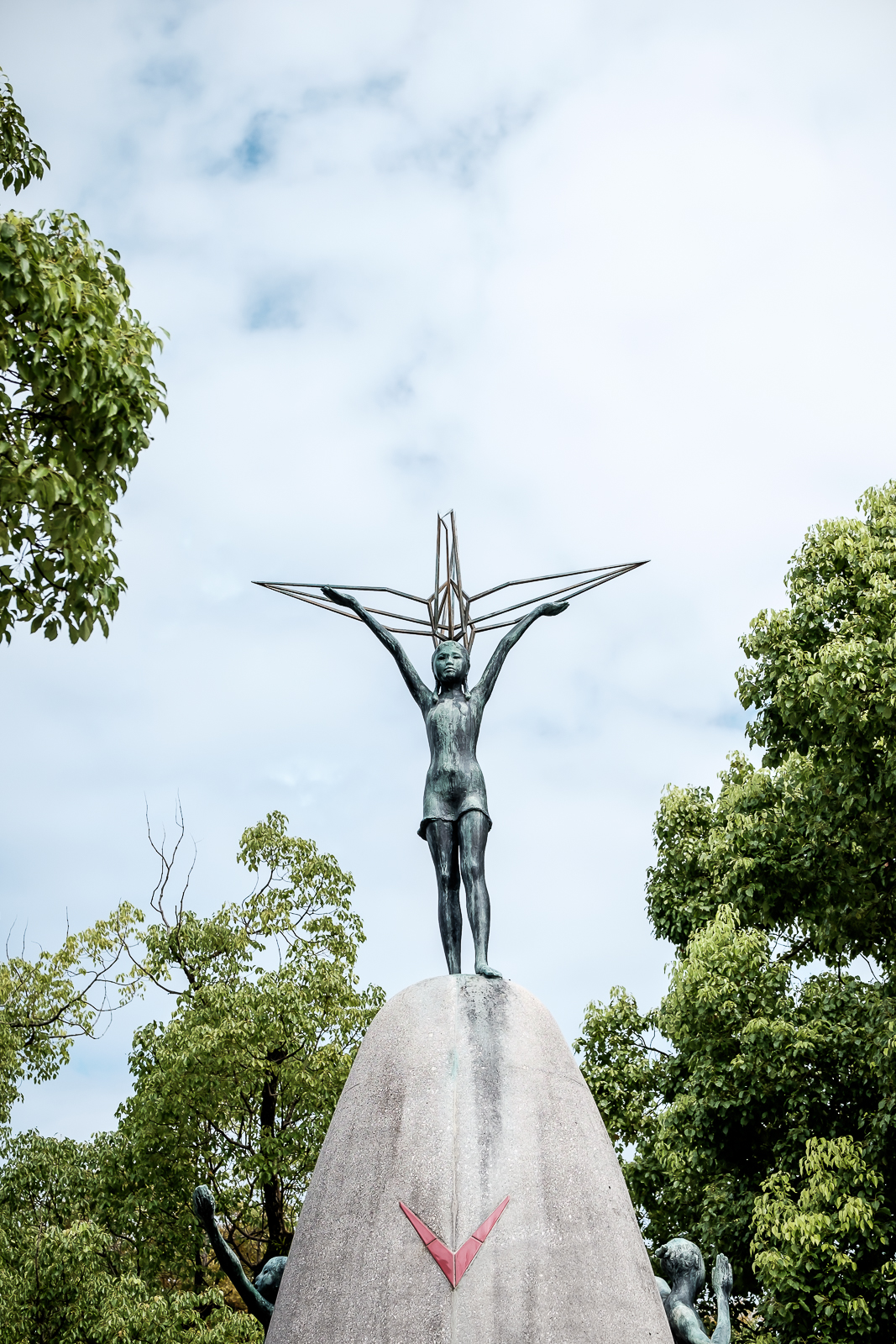
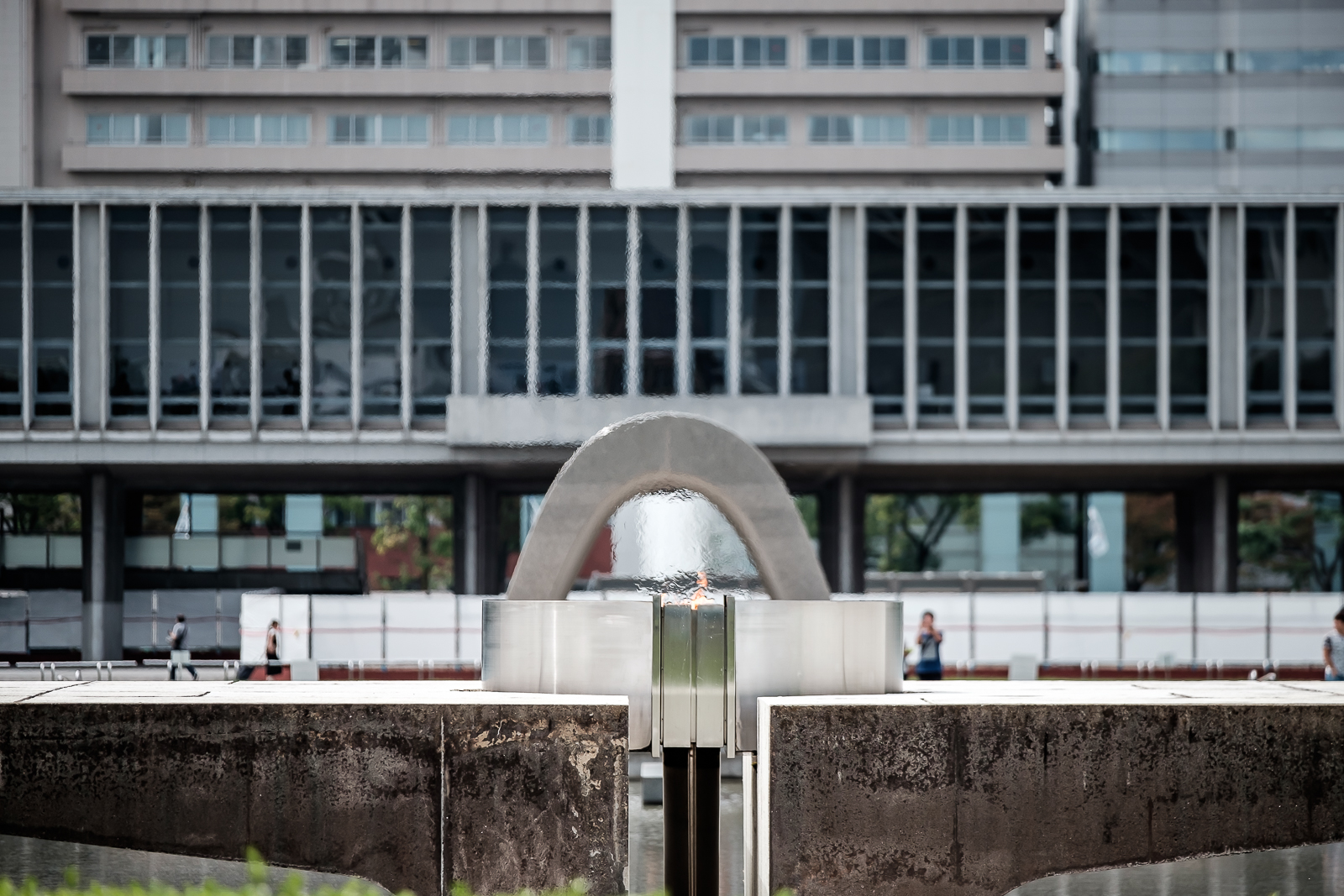

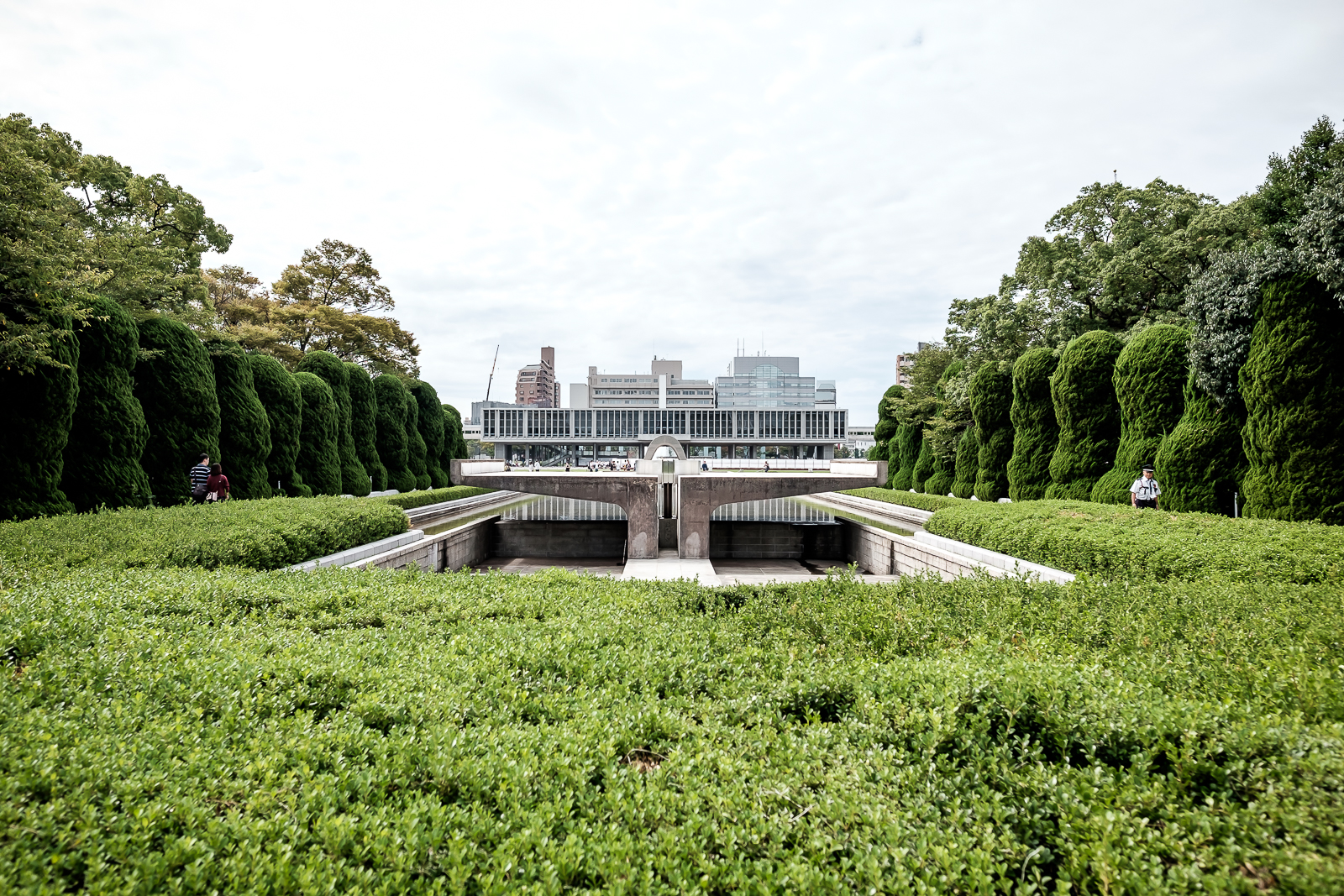
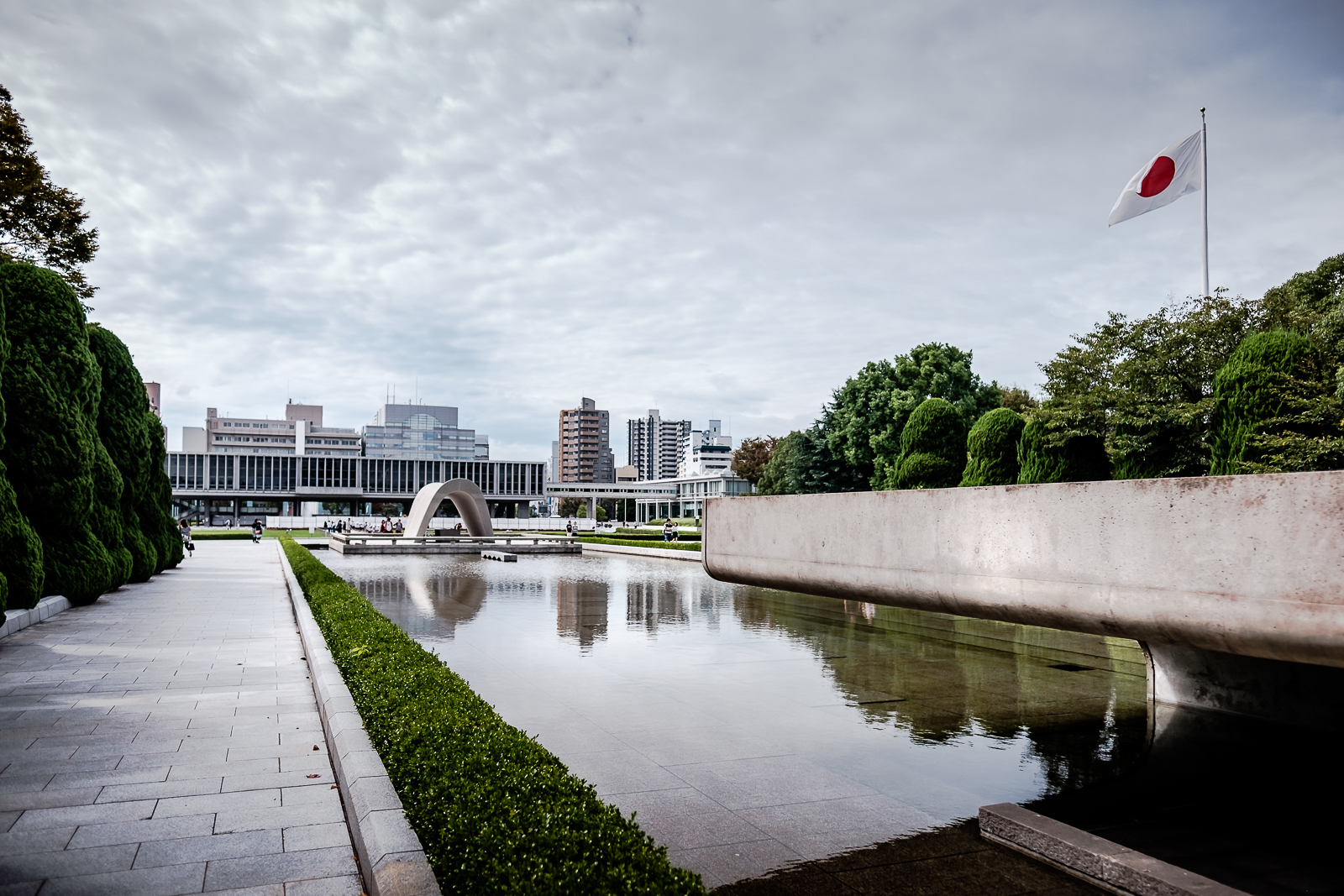





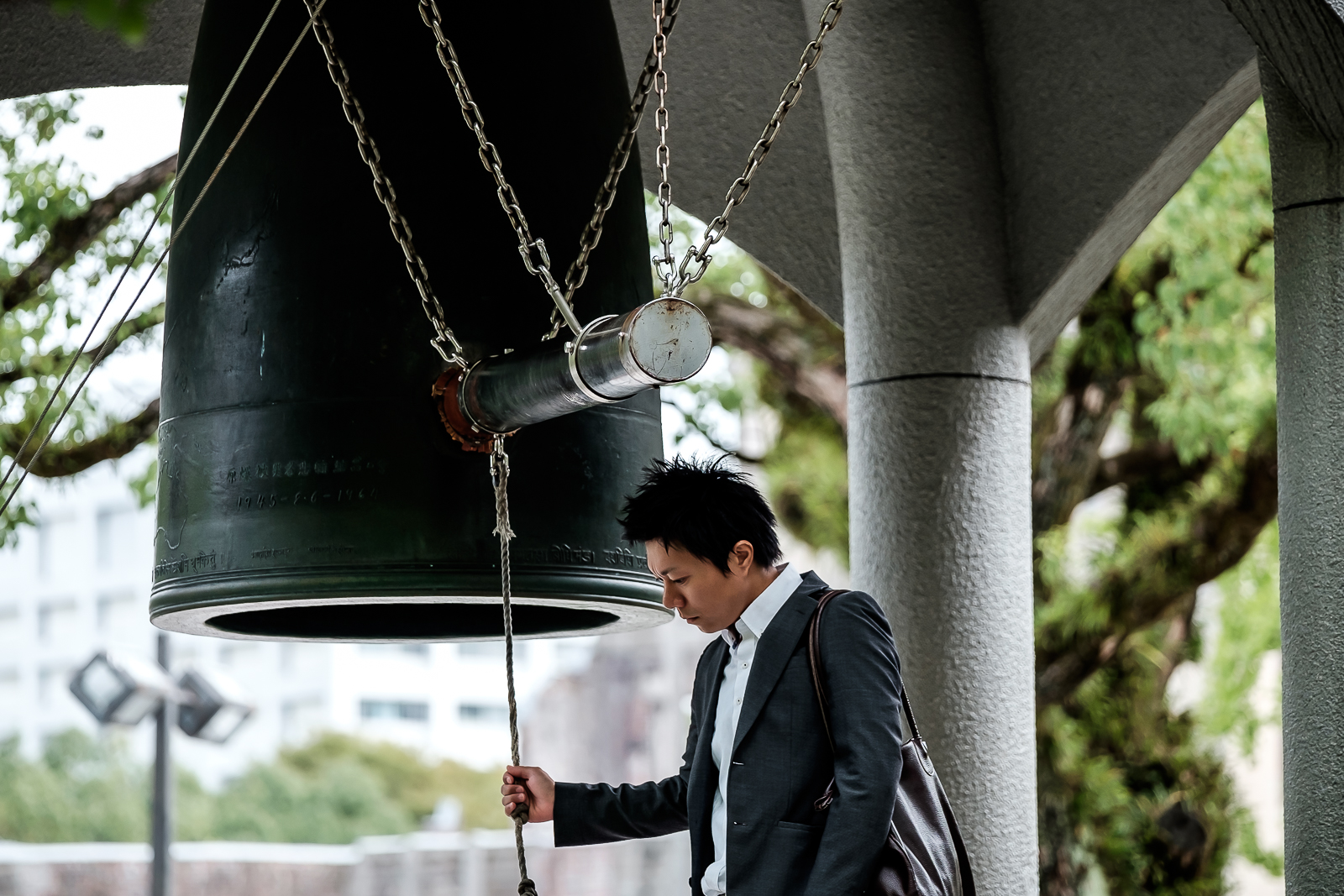
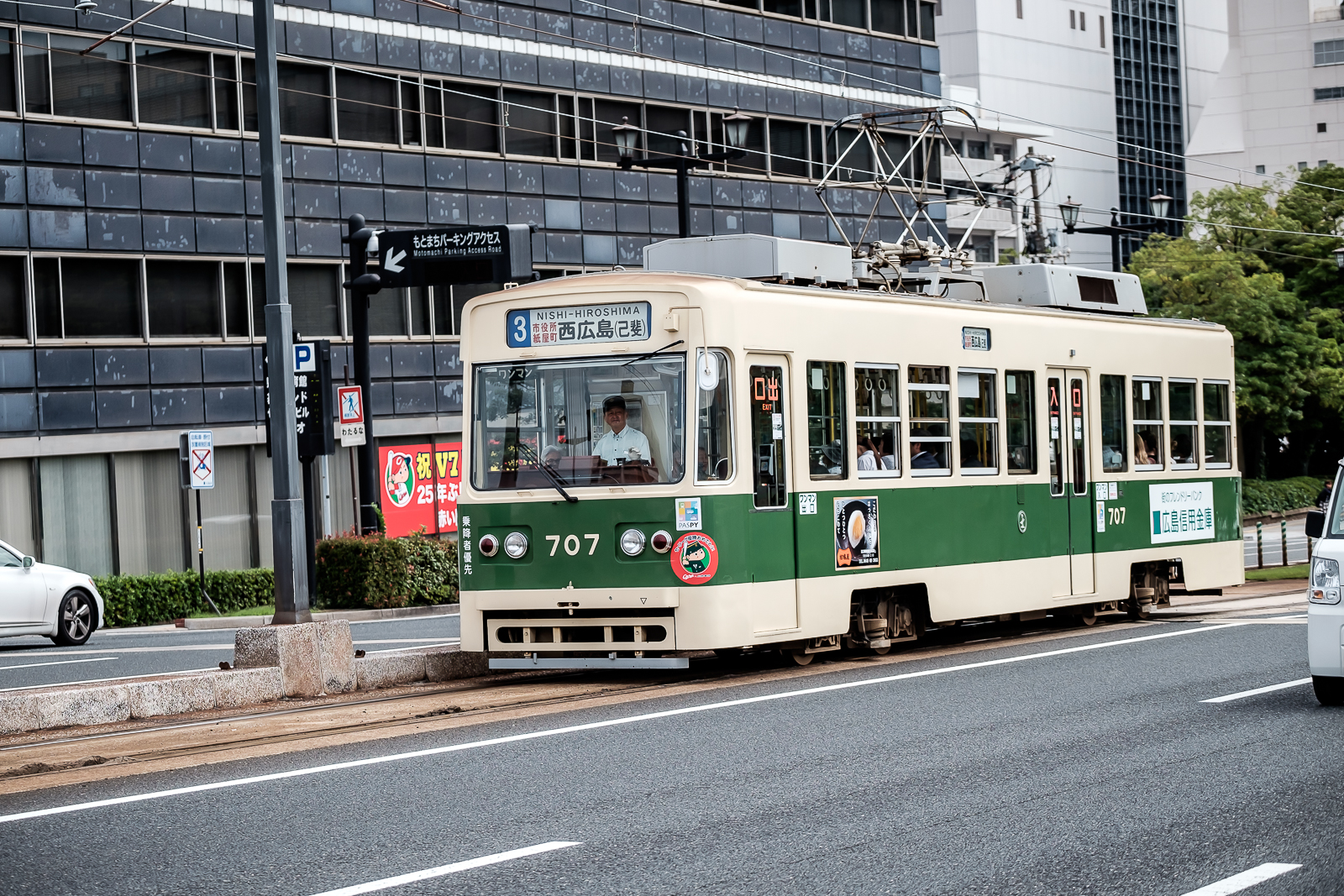
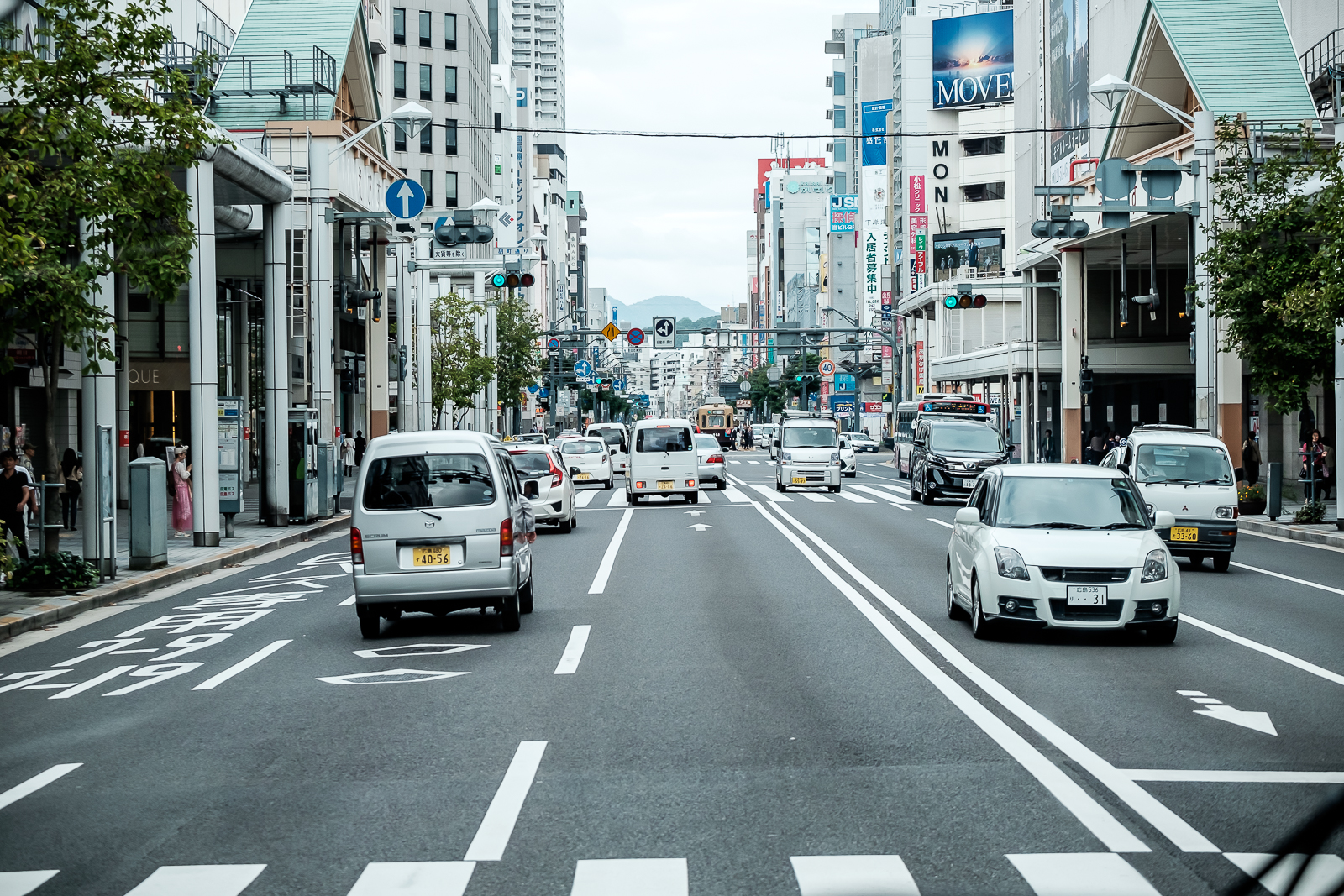



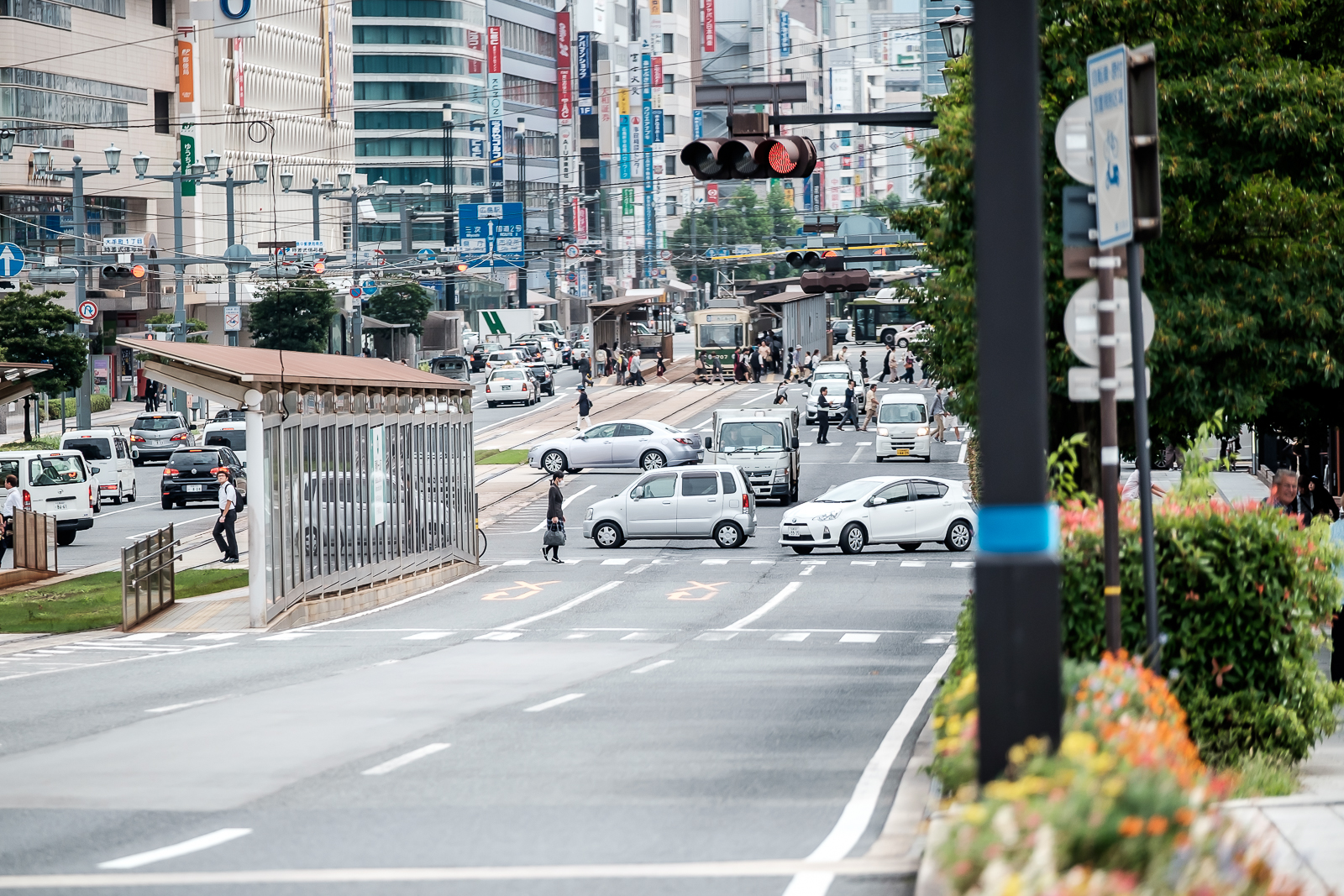
4 Responses to Hiroshima in Colour – With Fujifilm X Series.
Not only are your photos wonderful, but your sensitivity really comes through in your writing. Thanks for sharing.
LikeLiked by 1 person
Thanks so much.
LikeLike
Your words in this piece are so sensitive and the photos are just wonderful. My daughter is going to Tokyo etc in November – I am going to get her to read through all of your Japan pieces!
LikeLiked by 1 person
Thank you so much Kate. Please feel free to contact me if you have any questions or if I can assist further. I hope she has a blast.
LikeLike